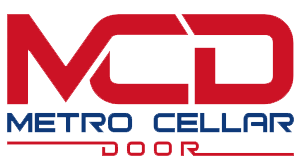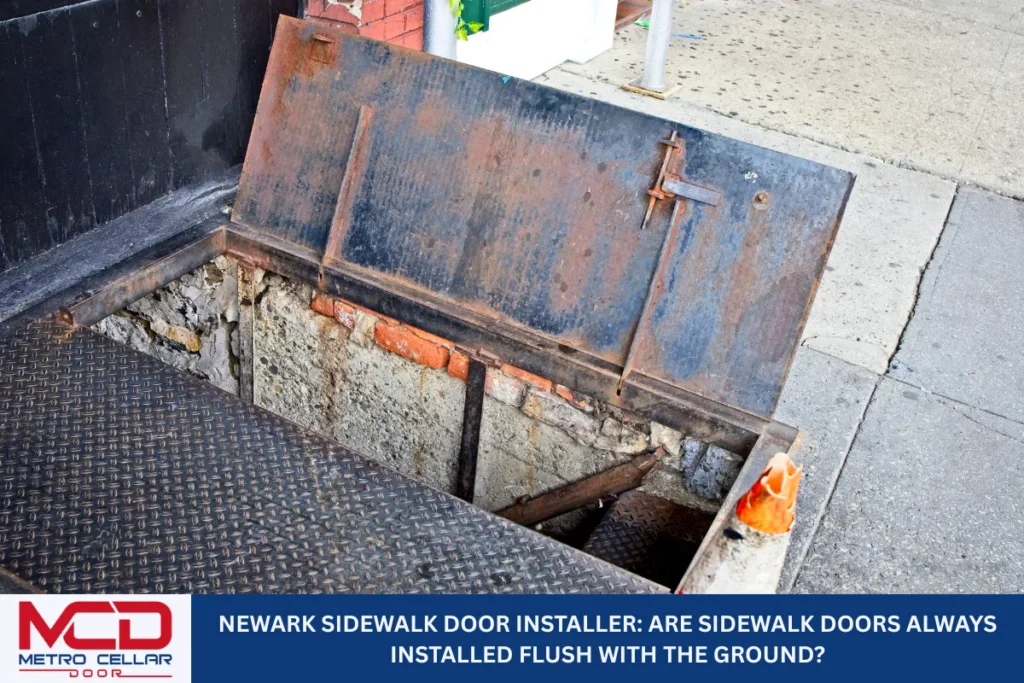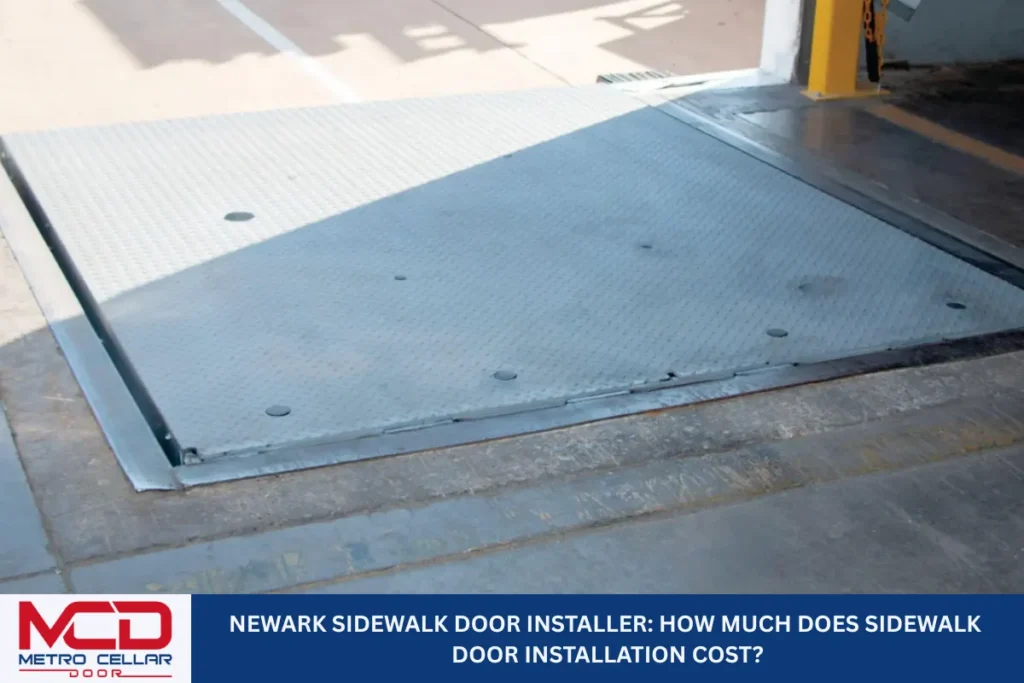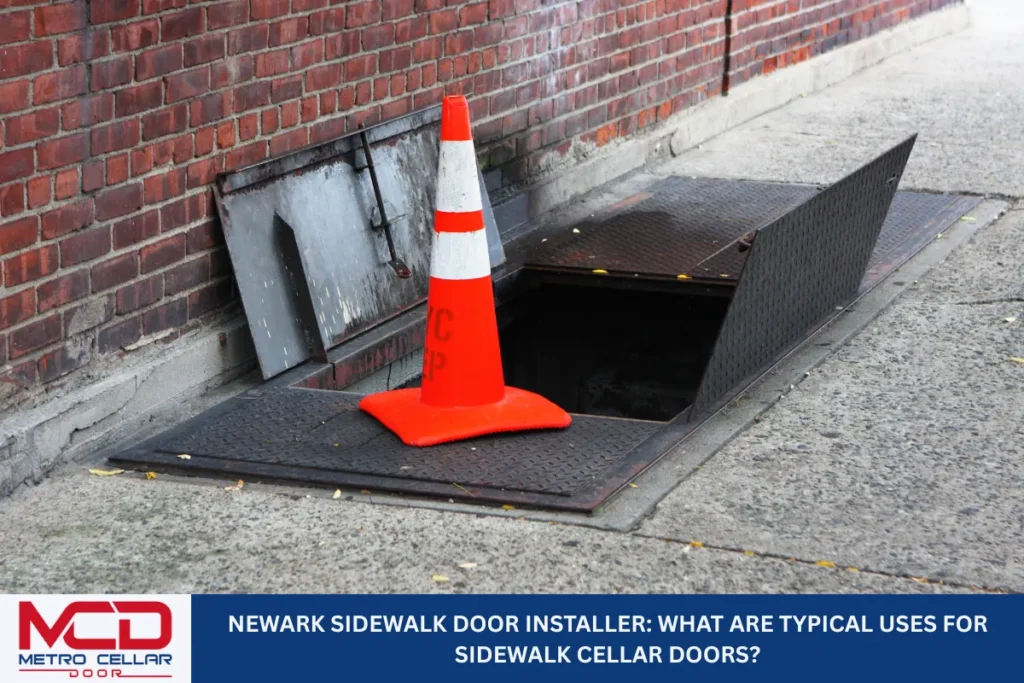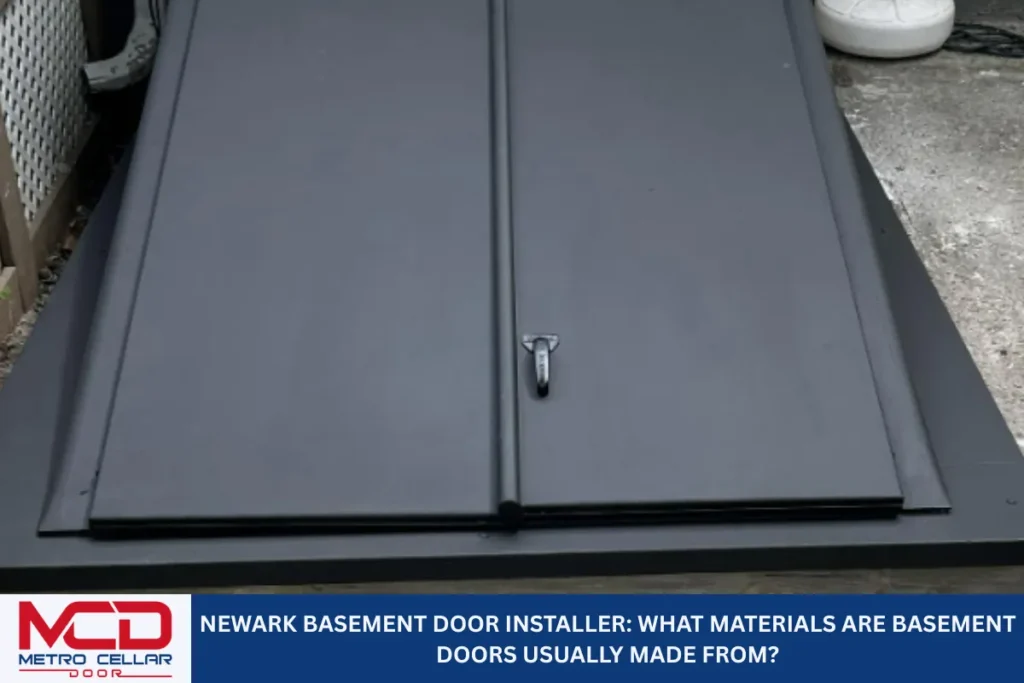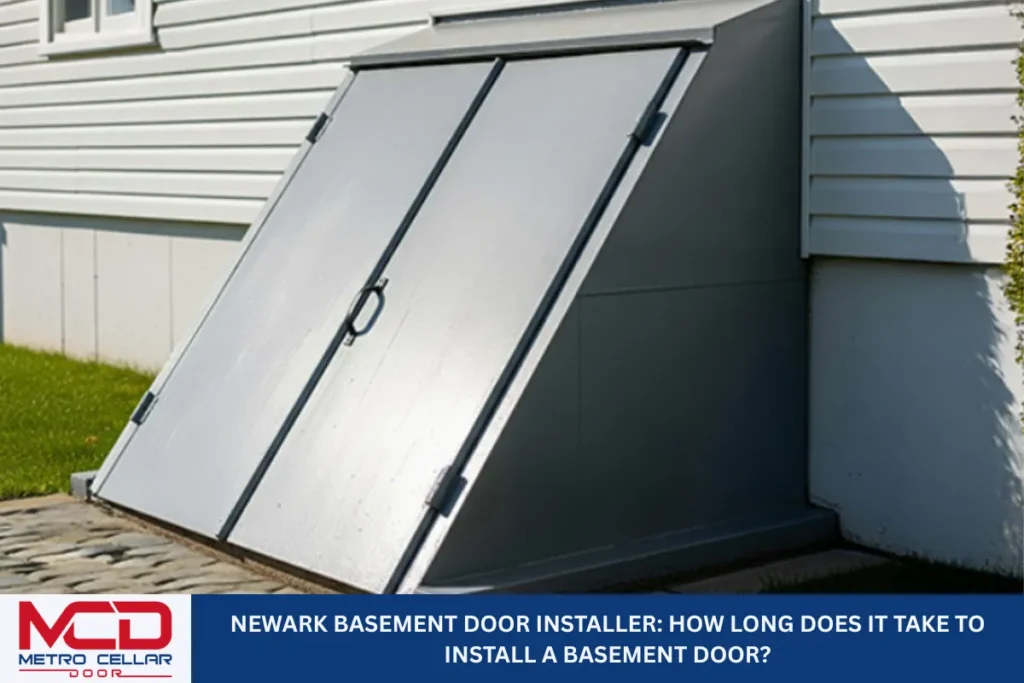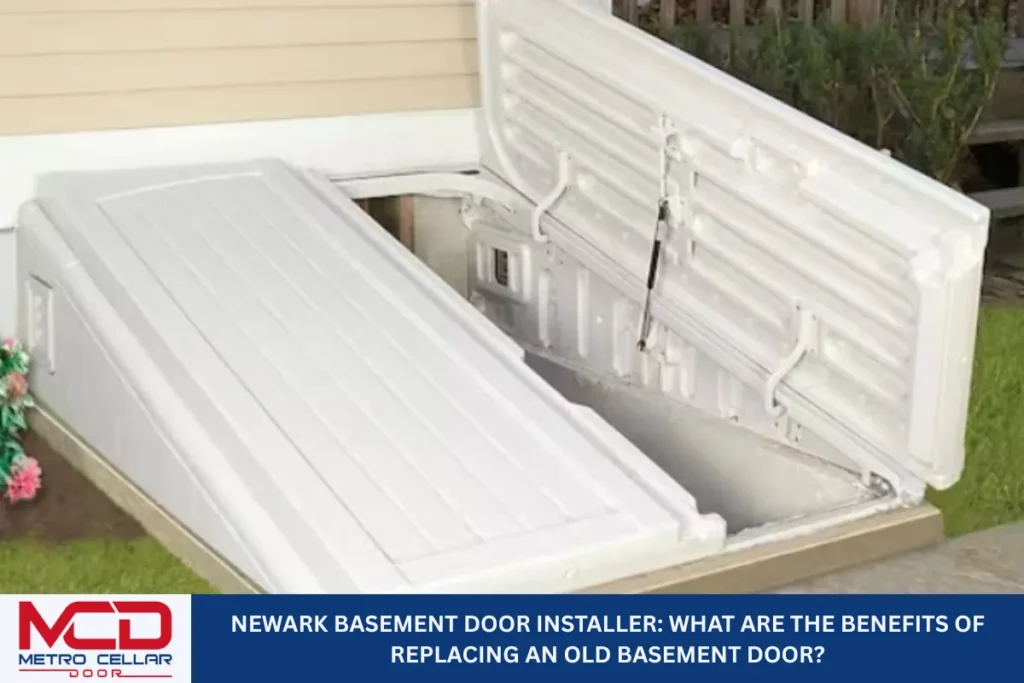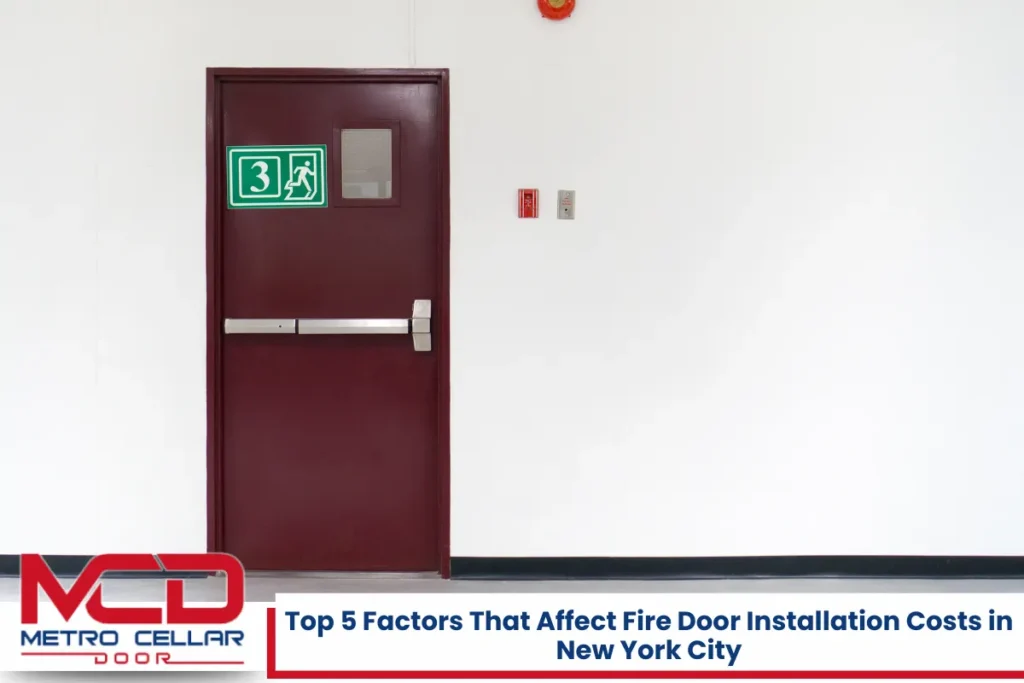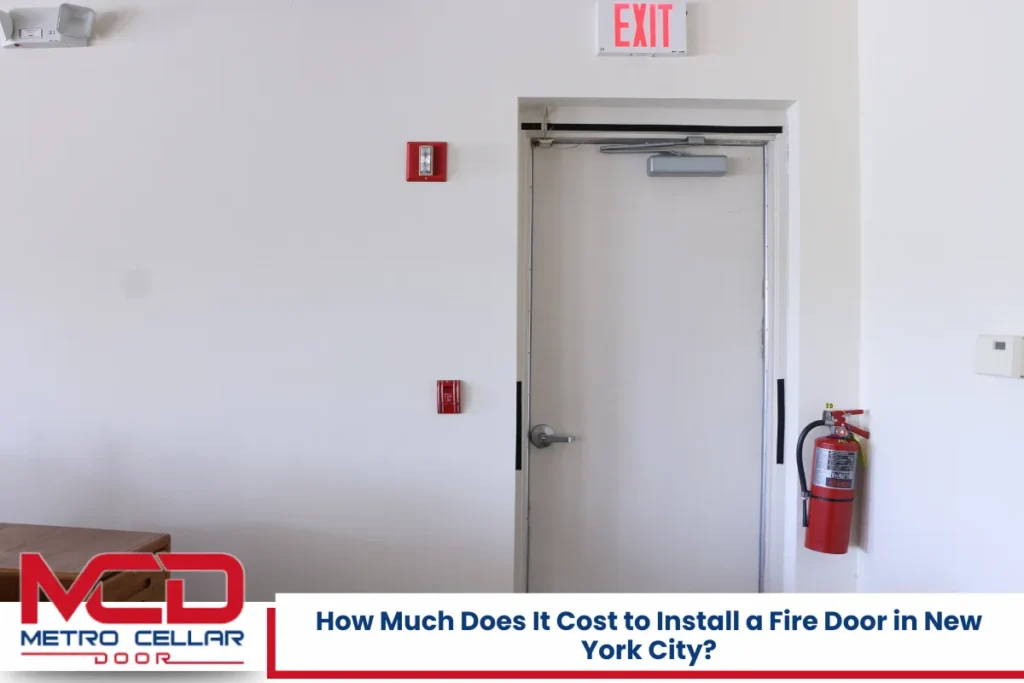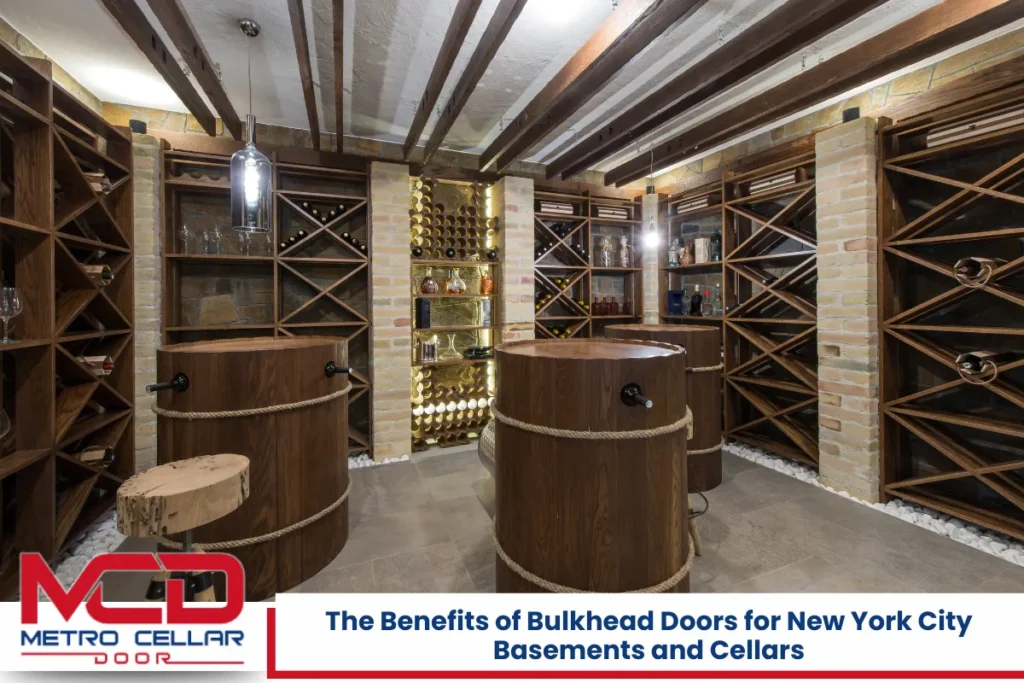Sidewalk doors are a vital component of Newark’s urban landscape, providing essential access to underground spaces in both commercial and residential buildings. In the middle of every installation project is a skilled sidewalk door installer who ensures these doors are placed safely, securely, and in compliance with the city’s codes. One of the most frequently asked questions about these doors is whether they are always installed flush with the surrounding ground. While that’s often the goal, it’s not always the case—and there are several important reasons why.
This blog article explores every aspect of flush installation for sidewalk doors. We’ll break down the definition, benefits, exceptions, and factors that influence whether a flush design is possible. From Newark-specific code requirements to material choices and construction methods, this guide provides a detailed understanding of the subject.
What Is a Sidewalk Door and Why Is It Used in Newark?

Sidewalk doors, sometimes called cellar doors or hatch doors, are flat, hinged access panels installed into public or private sidewalk surfaces. These doors are designed for one purpose: to provide safe entry into spaces located below street level, such as storage rooms, basements, mechanical rooms, or utility zones.
In Newark, sidewalk doors are particularly common due to the dense infrastructure and large number of older buildings. Many businesses rely on these doors for access to delivery or service. Without a sidewalk door, bringing in large shipments or reaching underground utilities would be far more difficult and disruptive to the interior of the building.
How Sidewalk Doors Improve Functionality
- Provide outdoor access to underground areas
- Help businesses receive deliveries without blocking hallways
- Allow quick access for repairs or utility work
- Minimize indoor clutter by using external entry points
Sidewalk doors are not a luxury. In Newark’s tight urban grid, they’re a necessity that helps the city function efficiently and safely.
What Does It Mean for a Sidewalk Door to Be “Flush”?
A flush sidewalk door sits level with the surrounding ground. This means there’s no step up or down—just a smooth continuation of the walking surface.
Flush installation isn’t just about looks. It also serves a practical function. Flush doors are safer to walk over, allow easier access for carts or wheelchairs, and help meet local safety requirements. Newark’s busy sidewalks require designs that don’t pose trip hazards or interfere with pedestrian flow.
Key Characteristics of a Flush Sidewalk Door
- The top of the door is aligned with the pavement surface
- No visible lip or raised edges
- Includes proper drainage to prevent water pooling
- Supports heavy loads from foot traffic or hand trucks
The goal of a flush installation is to make the door almost invisible while maintaining full functionality.
Are Sidewalk Doors Always Installed Flush With the Ground?
No, sidewalk doors are not always installed flush with the sidewalk. Although it is the preferred method, several factors can hinder its implementation. In Newark, where many buildings were constructed decades ago, flush alignment may not be practical or structurally possible without major reconstruction.
Some doors may be slightly elevated or recessed, depending on the property’s design, the existing sidewalk slope, or drainage requirements. As long as the installation remains safe and compliant with city codes, minor variations are acceptable.
What Prevents a Flush Installation in Newark?

Several conditions can make it difficult or impossible to achieve a perfectly flush installation. Let’s break them down:
Building Foundation and Basement Height
Older buildings in Newark often have uneven basement levels or outdated foundation work. Aligning a new sidewalk door flush with the exterior sidewalk may require adjusting the interior floor height or constructing ramps—both of which add time and cost.
Slope and Surface Grade of the Sidewalk
Many Newark sidewalks are sloped for water drainage or to match street levels. Suppose the area where the door will be installed has a noticeable incline or decline. In that case, a flush door may become structurally unstable or fail to close properly.
Custom Frame Depth and Door Type
Certain doors require deeper frames due to their purpose. For example, fire-rated or high-security doors may need reinforced thresholds that add height. This additional framing can make flush alignment more difficult.
Settling and Ground Movement Over Time
Even if a door is initially installed flush, Newark’s seasonal weather and soil conditions can lead to slight movement in the concrete or foundation, causing the door to shift over time. That’s why proper installation and reinforcement are so critical.
Installation Standards and Local Codes in Newark
All sidewalk doors installed in Newark must comply with local construction regulations and safety codes. These standards are designed to protect the public, minimize liability, and ensure that the doors are suitable for long-term use.
City Requirements for Sidewalk Doors
- Flush or near-flush alignment is required where possible
- Elevation differences must not exceed ¼ inch without beveled edges
- Doors must support the expected load (at least 300 lbs per square foot for pedestrian use)
- Non-slip surfaces are required to reduce accident risk
- Doors must be weather-sealed to prevent water infiltration
- Locks and safety hardware must be tamper-resistant and secure
Installers are expected to obtain permits before beginning any sidewalk work. Unauthorized or poorly installed doors can result in fines or forced removal by the city.
What Materials Are Used for Sidewalk Doors in Newark?
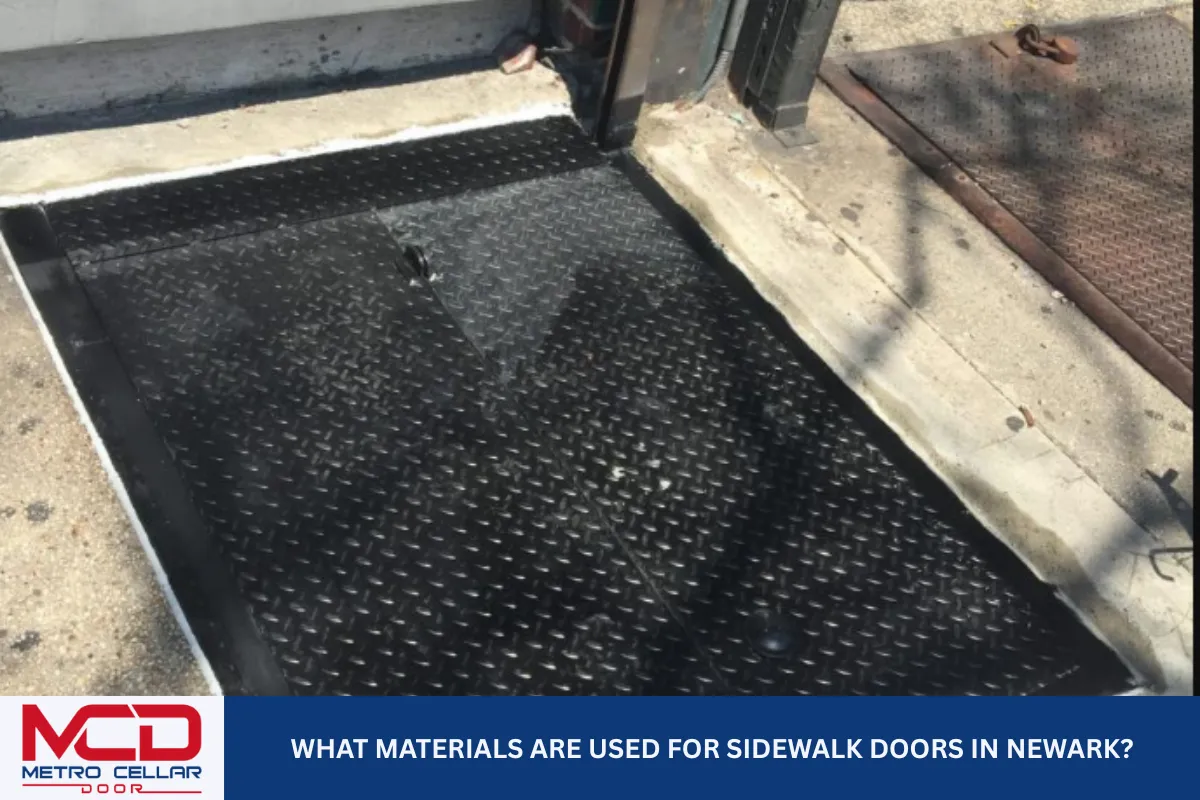
Material choice affects everything from how well the door withstands weather to how easily it can be installed flush with the ground. Newark’s climate, with its snow, rain, and seasonal temperature changes, makes durability a key concern.
Galvanized Steel
Galvanized steel is a common choice for sidewalk doors in Newark. It’s strong, weather-resistant, and ideal for commercial applications where durability is critical. These doors are heavy but reliable and capable of handling constant foot traffic.
Aluminum
Aluminum doors are lighter and easier to install but slightly less durable than steel. They’re often used for residential properties or areas where the load requirements are lower. Properly treated, aluminum still resists corrosion well in Newark’s weather.
Stainless Steel
For premium installations, stainless steel offers the best in terms of longevity and corrosion resistance. Although more expensive, it performs exceptionally well in areas with high moisture or heavy usage. It’s often used in places like food service establishments or sensitive utility spaces.
Sidewalk Door Installation Process in Newark

A skilled sidewalk door installer follows a careful process that accounts for all the variables unique to Newark’s architecture and weather. Installing the door correctly ensures both safety and longevity.
Step 1: Inspection and Measurement
The installer examines the building, sidewalk slope, and basement conditions. They also check the city’s utility maps to avoid damaging gas, water, or electrical lines.
Step 2: Permitting and Planning
Before work begins, the installer obtains permits from Newark’s building department. They create a plan to match local codes and confirm that flush installation is possible.
Step 3: Concrete Removal and Framing
A section of sidewalk is cut to fit the door’s frame. The frame is secured with anchors and reinforced with concrete, gravel, or other stabilizing material. Drainage components are also added at this stage.
Step 4: Door Placement and Finishing
The door is installed within the frame and checked for level. Anti-slip coatings are applied, the locking system is tested, and the surrounding area is sealed to prevent moisture and debris from entering.
Why Proper Installation Matters
Improper sidewalk door installation leads to more than just appearance issues. It can become a safety hazard, invite legal trouble, and result in costly repairs. Doors that are too high, too low, or unstable can create trip hazards, damage property, or allow water to enter the basement space.
A professional installer ensures that the door is aligned, sealed, and fully functional. Newark property owners should never cut corners when it comes to compliance and safety.
How to Maintain a Sidewalk Door in Newark
Ongoing maintenance keeps the sidewalk door safe and functional. Regular upkeep is especially important in a city like Newark, where salt, ice, and rain can cause significant damage to metal surfaces.
Simple Maintenance Tips
- Check for rust or corrosion at least once a month
- Clean off salt and dirt buildup during winter
- Lubricate hinges and locks to prevent freezing
- Ensure the door is still level and flush with the sidewalk
- Remove any debris blocking drainage features
Addressing small issues early can prevent major damage later and help extend the door’s lifespan.
Why Flush Matters: A Safety and Compliance Priority
Installing a sidewalk door flush with the ground is more than just an aesthetic decision—it’s a requirement for safety, accessibility, and long-term use. While older Newark buildings might limit the ability to go completely flush, most new installations aim to be perfectly level. This minimizes the risk of trips and injuries while ensuring compliance with local ordinances.
Property owners should always select materials and installation methods that comply with code and consider their long-term performance. A flush sidewalk door looks better, works better, and helps reduce legal liability.
Newark Sidewalk Door Installer – Metro Cellar Door Bilco Pro
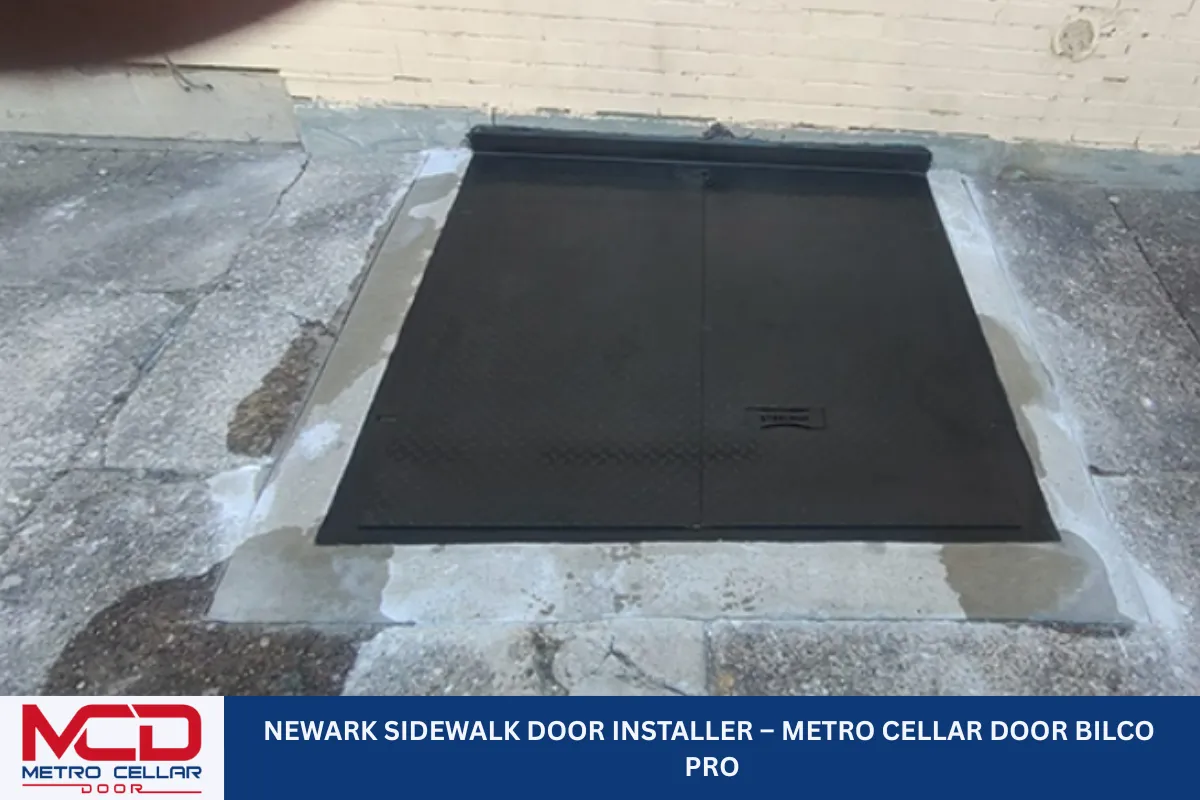
Looking for a reliable Newark sidewalk door installer? Metro Cellar Door Bilco Pro is the team to call! We specialize in installing secure, code-compliant sidewalk doors for both residential and commercial properties throughout Newark. Whether it’s a basic cellar door or a heavy-duty access system, we handle every detail—from measurements and permits to installation and finishing. Our work is built to last and made to fit the unique layout of your property.
We install sidewalk cellar doors, Bilco door systems, and custom-fabricated options tailored to meet your specific needs. With decades of experience and affordable pricing, we make the process smooth and stress-free. Our team adheres to all Newark regulations and ensures that each job is completed with precision and care. For more information or a free estimate, call (929) 979-7313 today!
Frequently Asked Questions About Sidewalk Cellar Doors and Safe Installations in Newark
What makes a sidewalk door installation compliant with Newark’s building codes?
To comply with Newark’s building codes, a sidewalk door installation must meet specific safety, structural, and accessibility standards. The door should align properly with the walking surface to avoid creating a tripping hazard or leading to slips and falls. Flush placement is encouraged but not always required, provided any height difference doesn’t exceed ¼ inch.
Key requirements include:
- Proper framing: Use of concrete framing and an extruded aluminum channel frame or galvanized steel Diamond plate for structural integrity.
- Secure installation: Anchors must resist heavy foot traffic and support high loads.
- Drainage: Incorporate a PVC drain coupling to prevent pooling water and related hazards.
- Anti-slip surfaces: Required on all steel sidewalk doors to reduce accident risks.
- Permits and inspections: Must be approved by the city and follow proper application protocols.
Non-compliance can result in fines, forced removal, or legal liability due to pedestrian injury.
What materials are best for long-lasting sidewalk cellar door installations?
Durable materials make a significant difference in how long your sidewalk cellar door will last, especially in Newark’s variable climate. Certain materials outperform others in both structural performance and resistance to corrosion.
Recommended materials include:
Galvanized Steel Diamond Plate
- Highly durable
- Resistant to rust and weather damage
- Ideal for steel cellar doors and commercial use
Extruded Aluminum Channel Frame
- Lightweight and strong
- Ideal for Steelway aluminum and steel commercial sidewalk doors
- Suitable for both commercial and residential backyard environments
Fire-rated door steel materials
- Provides extra protection against fire spread
- Common in commercial buildings or mixed-use properties
Concrete framing
- Ensures the door base won’t shift over time
By combining waterproof bulkhead cellar door designs with these materials, you can ensure a long-lasting and compliant sidewalk door installation.
How can I reduce tripping hazards around a sidewalk door?
Minimizing tripping hazards around sidewalk doors is a crucial aspect of maintaining safety on city sidewalks and private properties. Whether for a bilco cellar door or a hydraulic cellar door, here’s how to reduce risks:
- Ensure a flush installation:
- Doors should be level with the surrounding walking surfaces.
- If height differences exist, use beveled edges.
- Use anti-slip finishes:
Apply textured coatings on steel sidewalk doors or use non-slip galvanized steel Diamond plate.
- Regular inspections:
Look for loose hinges, gaps, or rust that may cause the door panels to sag.
- Complement with environment-specific tools:
In residential backyard environments, combine doors with proper floor mats to facilitate smooth transitions to interior flooring.
- Avoid placing doors near speed bumps or curb cutouts:
These elevation changes can worsen tripping risks.
Maintaining the door and its surrounding area properly improves safety and ensures the structure remains compliant.
What’s the difference between a bulkhead door and a sidewalk cellar door?
While similar in purpose, bulkhead doors and sidewalk cellar doors serve slightly different applications based on their design and location.
Bulkhead Door:
- Typically installed at the side or back of a building
- Common in residential backyard environments
- Leads directly to the basement, often sloped
- May be called a bulkhead cellar door
- Frequently built from steel, aluminum, or wood
- Options include fire-rated door types and waterproof bulkhead cellar doors
Sidewalk Cellar Door:
- Installed flush in city sidewalks or pavements
- Designed for vertical entry from outside the building
- Common in commercial settings and urban environments
- Requires heavy-duty materials like galvanized steel Diamond plate
- Framed using extruded aluminum channel frames or concrete framing
- Often includes drainage solutions like PVC drain coupling
Each type serves a different context, but both require professional cellar door installation to ensure safety and compliance with relevant codes.
Do sidewalk doors require regular maintenance to remain safe and in good working condition?
Yes, sidewalk door systems need regular maintenance to ensure structural stability, reduce liability, and extend their lifespan—especially when installed in city sidewalks exposed to the elements.
Maintenance essentials:
Monthly visual inspections
- Check for rust, loose bolts, and warping in steel doors or steel cellar doors.
Drainage cleaning
- Clear PVC drain coupling systems prevent water buildup near the sidewalk, cellar door.
Lubrication of hinges and locks
- Prevents door jamming or freezing during cold winter days in Newark.
Surface treatment
- Reapply non-slip coatings on galvanized steel Diamond plate panels.
Alignment checks
- Ensure the door remains flush with walking surfaces and doesn’t create a tripping hazard.
For commercial doors, such as Steelway aluminum and steel commercial sidewalk doors, scheduling a professional inspection twice a year is recommended. This proactive maintenance helps prevent violations of local building codes and costly repairs down the line.
Read more: Newark Sidewalk Door Installer: How Much Does Sidewalk Door Installation Cost?
